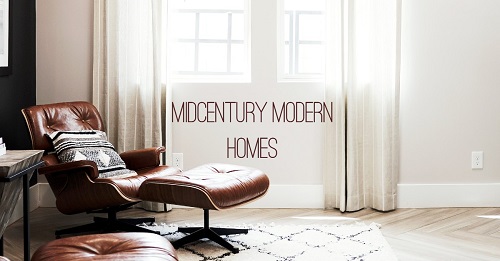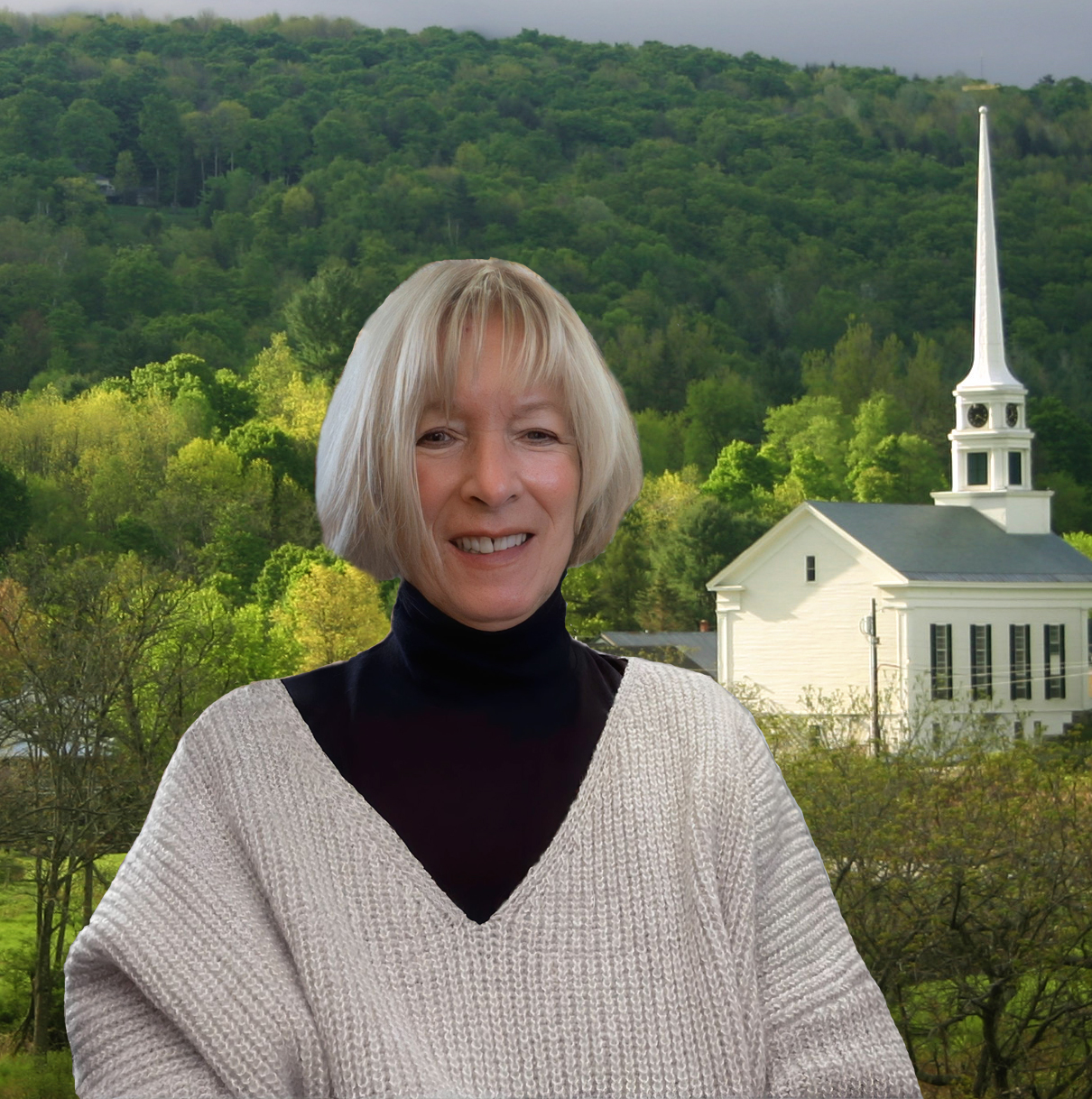Email: [email protected]

If you enjoy open concept floor plans and a plethora of windows, mid-century modern homes might hold the key to your dream design. Mid-century modern design emphasizes simple yet functional spaces, a healthy integration with nature, and appeals to a wide variety of homeowners.
Here is a guide to the basic elements of mid-century modern architecture to help you recognize it and incorporate it into your own plans:
You can recognize most mid-century modern designs by their clean lines and geometric shapes. Flat lines are prevalent over curved lines, and appear both in perpendicular and parallel at multiple elevations.
Asymmetrical, flat roofs with varying heights are peak modernist architecture style. Indoors, you’ll find mixed elevations in the form of partial walls, sunken living rooms and cabinets arranged in varying heights.
Natural light is essential to modern home design. Mid-century modern homes often include sliding-glass doors or floor-to-ceiling windows that blend the interior and exterior living spaces. Skylights or ceiling windows are also popular choices for bringing natural light into the living space.
A light, neutral color palette helps take the natural light further inside the home. White walls are common backdrops for mid-century modern interior design, which also include very minimal window decorations.
Another hallmark of mid-century modern home design is the use of natural building materials, both inside and outside. Modern kitchens use granite countertops and natural stone for clean, functional surfaces. Wood furniture and architectural elements are unstained to show off the natural grain.
Architects also use wood outdoors to create contrast with materials like concrete while still keeping a minimalist aesthetic. Other traditional materials are used to help the home and other structures blend in to the natural surroundings and blur the lines between interior and exterior.
The emphasis on function over form and the clean, simple feel of mid-century modern spaces are enduring aspects of this design style. While architectural trends blend and change over time, knowing these mid-century modern characteristics can help you recognize them anywhere you go.

Teresa's beginnings were at Fort Belvoir, Virginia. She was child #5 of 8 and born into an Air Force family that moved all over the United States but usually ended up back in the Washington, D.C. area. Teresa attended Miami University in Oxford, Ohio and received her bachelor's degree in business from George Mason University, in Fairfax, Virginia. Some of her prior careers include: computer buyer in Fairfax, Virginia; Deputy Clerk at the U.S. District Court in Denver, Colorado; Police Officer in Steamboat Springs, Colorado; and Bed & Breakfast owner in Stowe, Vermont. Teresa obtained her license as a Realtor® in 1998. She has been through many ups and downs in this profession and continues to learn every day. She very much enjoys the real estate profession and the wonderful people she has met and assisted along the way. In order to serve her clients and customers, Teresa continually attends classes and seminars. Some of her Designations and Certifications include:
Teresa has also served and continues to serve on several boards:
In 2007, Teresa was named Vermont Realtor of the Year.Teresa and her husband, a local attorney, moved to Stowe in 1987. They had two sons and Stowe has been their home for the past 36 years. She still feels the Stowe area is a wonderful place to raise a family, there's always something going on. Teresa can often be found behind the lens of her camera documenting the beauty of the area and its many events.As an update, Teresa's older son is now a Doctor/resident at the University of New Mexico's Emergency Management Program. Her younger son graduated from James Mason University and currently resides in Chicago, IL as a supervisor for OKTA.